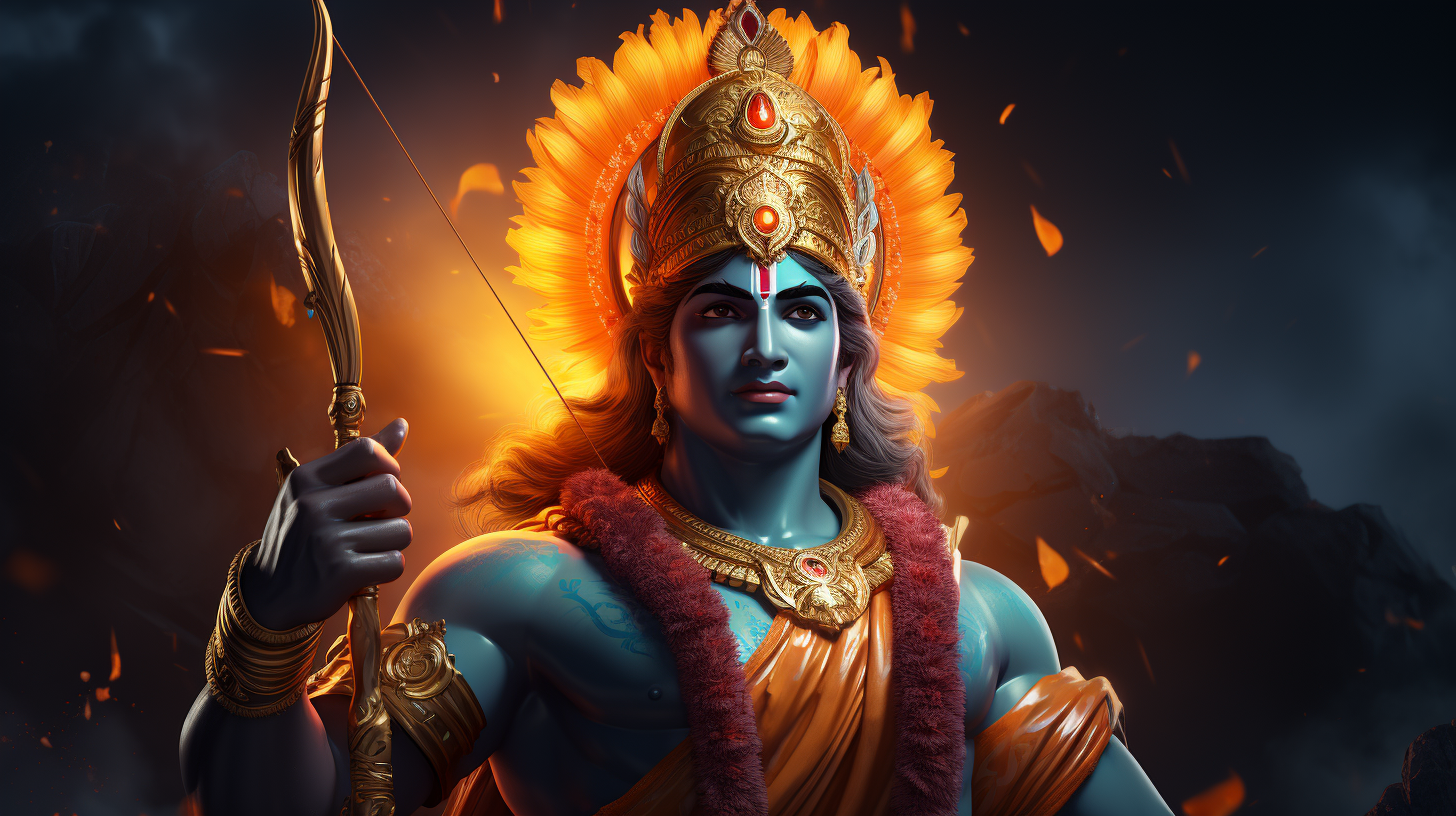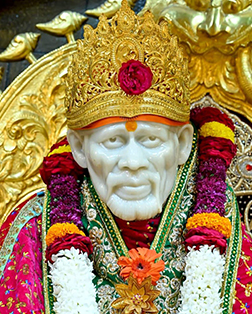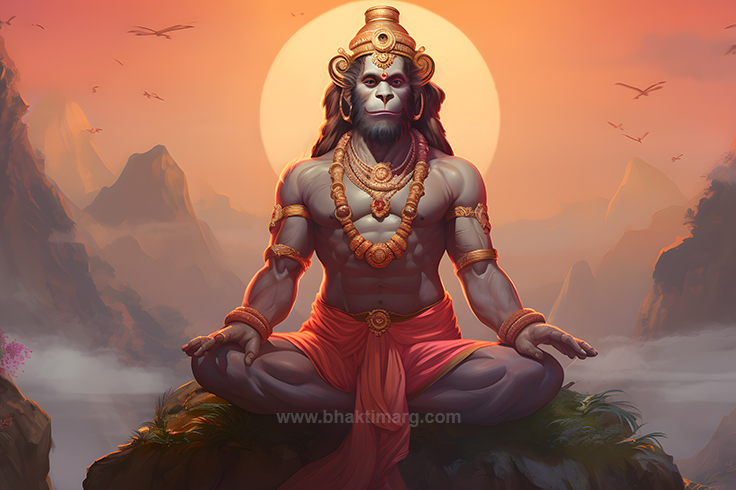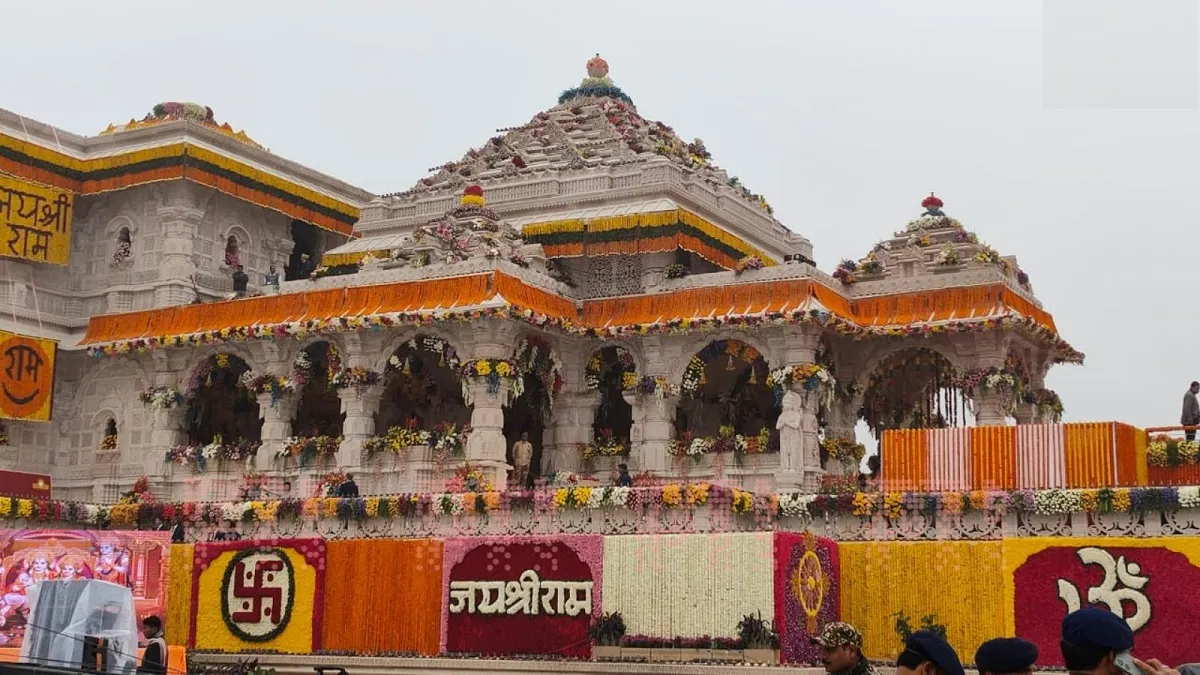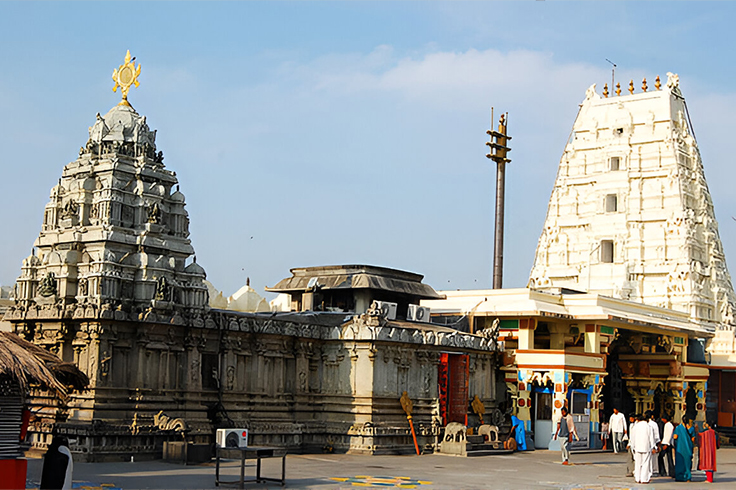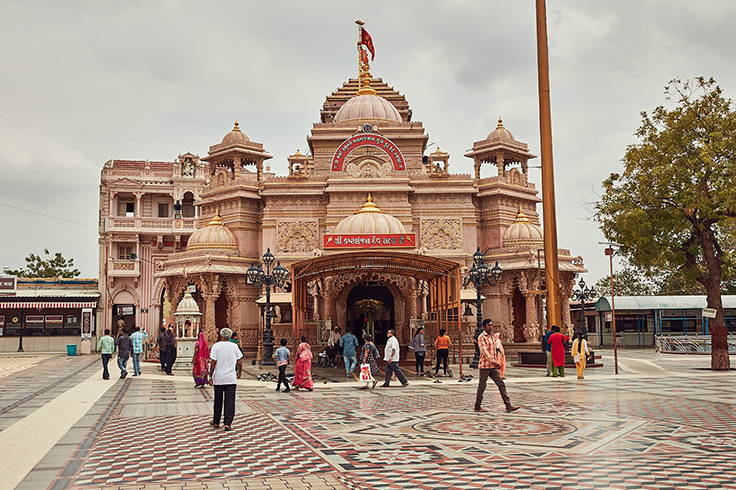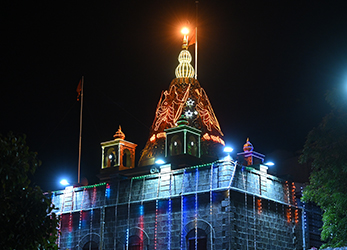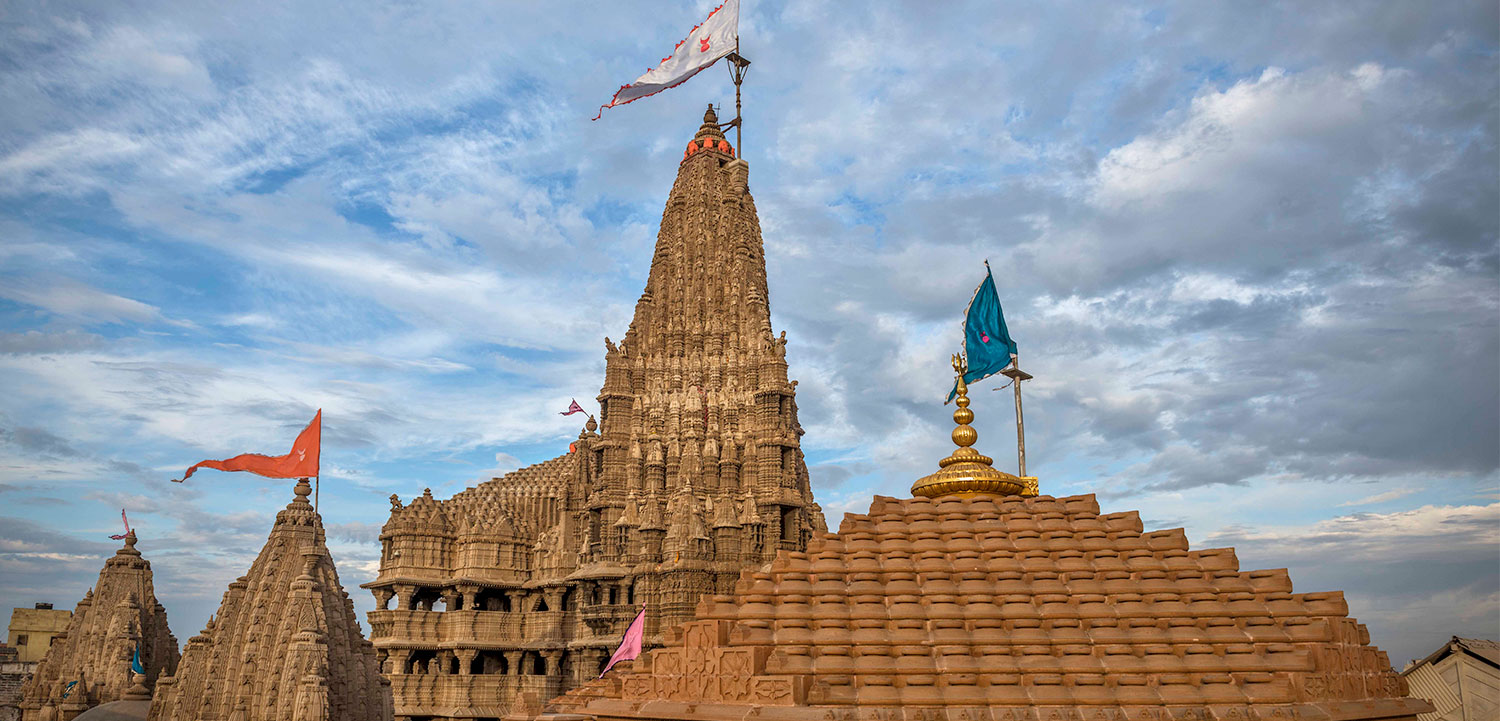Exploring the 11 Rudra Avatars of Lord Shiva
Hinduism or Sanatana Dharm is a vast belief system based on the philosophy of life and divine existence. At the center of this belief system is the eternal existence of Bhagwan Shiva who is said to be the one having no beginning and no end the ultimate destroyer and restorer of the law of nature, the all-pervading consciousness that governs the universe, one can find all these and more qualities elaborated in Shri Shiv Chalisa that tries to fathom the existence of Shiva Shankar Bhagwan.
Shiva Shankar Bhagwan is known by various names and forms in Hinduism, it is said that the lord has taken various avatars to destroy evil and re-establish the balance of the world. In different Puranas varied Lord Shiva avatars are mentioned, even the 19 avatars of lord shiva are well known and the 11 Rudra avatars are some of those avatars yet names differ in different Puranas. In Hindu Tradition the embodiment or manifestation of the supreme lord in different forms is given quite a significance as these avatars are always in the effort to maintain balance in the world and establish justice.
![]()
What is Rudra avatar of lord Shiva?
The lord praised as Bholenath, one who is loving kind, and giving toward his devotees is also known to be one to serve severe justice when needed. These are the 11 Rudra avatars of lord Shiva also known as Ekadashi Rudras, they play crucial roles in the cosmic order and represent different aspects of destruction and renewal.
The word ‘Rudra’ means roaring storm, and Bhagwan Shiva in his ferocious form is often associated with a mighty hurricane called Rudra. There is a paragraph in the lord shiva mantra Rudrastakam that describes this raging form, it goes as,
Prachannddam Prakrssttam Pragalbham Paresham
Akhannddam Ajam bhaanu_Koti Prakasham
Tryah_Shoola Nirmoolanam Shoola paannim
Bhajeham Bhavaani _ patim ,Bhaava_gamyam
Its literal translation goes as,
I salute the Rudra that is you who is fearful, eminent, and extremely strong, the one who is the highest Lord, He who is ever Unborn and whole and has the brightness of a million suns. The one who holds a trident in his hand, the three spikes of which uproot the bondages of the three gunas/qualities namely Tamas, Rajas, and Sattva. I bow to you, the Husband of Devi Bhavani, who can be attained by devotion

Exploring the 11 Rudra Avatar of Lord Shiva:
There are different names for the Rudra Avatar in Matsya Purana it is noted that Rudra are son of Surabhi and Lord Brahma, yet not connected with Shiv Bhagwan. In Vishnu Puran, the Rudra identified as Shivavatar are presented in Ardhanari form, later he split in two creating 11 Rudra’s and 11 Rudrani’s. In Bhagavata Puran, they mention Rudra is born from anger of Brahma, and Matsya Puran depicts the Rudra avatar of lord shiva assisting Lord Vishnu in the perseverance and balance of the world.
All of these mention the origin of Rudra exists to end the cruelty and tyranny of the Rakshasa and protect the divine beings. The most accured lord Shiva avatar names famously known in Shiv Puran are as follows,
Kapali
- The first avatar is Kapali, meaning “skull-bearer,” he is depicted as a fierce form of Bholenath embodying his destructive aspect. Scriptures mention he destroys the universe at the end of each cosmic cycle, Kapali represents the inevitability cycle of rebirth, symbolizing the fleeting nature of life
Pingala
- The second Bhagvan Shankar Rudra avatar is Pingala, meaning energies of Prana, depicted in an orange or reddish-brown color. Hence this avatar is associated with the burning fire of austerity and penance, it symbolizes the transformative power of intense spiritual practices and the purification of the soul through discipline and sacrifice
Bhima
- The third Bhagwan Shiva Rudra avatar is the most powerful and awe-inspiring Bhima, meaning “the tremendous one”. This form represents the tremendous strength and indomitable will of the divine he is often associated with the protection of righteousness (dharma) and the destruction of evil forces that threaten the cosmos’ balance
Virupaksha
- Then there is Virupaksha, the fourth Rudra avatar of lord Shiva meaning “the one with oblique eyes,” is an avatar characterized by his unique vision. This form of Shiva is believed to have the ability to see beyond the ordinary, perceiving the deeper truths and hidden realities of the universe it symbolizes divine insight and the inner vision that guides spiritual seekers
Vilohita
- Vilohita, meaning “red” or “crimson,” is the fifth lord Shiva avatar associated with the color of blood and life force, it represents the raw energy and vitality that sustains creation. This fifth rudra avatar is often connected with the dynamic and ever-changing nature of life, as well as the passion and intensity of existence
Ajesha
- Ajesha, meaning “the lord of the unborn,” is the sixth Rudra lord Shiva avatar that embodies the timeless and eternal aspect of Shiva, this form signifies the unborn and undying nature of the soul, transcending the cycles of birth and death it represents the ultimate reality that is the essence of shiva shankar bhagwan beyond creation and dissolution
Shastra
- Shastra, meaning “weapon,” is a martial form of Bhagwan Shiva this seventh rudra avatar is depicted wielding various weapons, symbolizing the power to protect and destroy. Shastra upholds justice and combats unrighteous forces representing the divine force, ensuring the maintenance of cosmic order
Shambu
- Shambu, meaning “the beneficent,” is a more benevolent form of Shiva it is the eighth avatar of bhagvan Shankar associated with blessings, compassion, and the granting boons he represents the nurturing and sustaining aspects of the divine, providing support and guidance to devotees in their spiritual journey
Chanda
- The ninth Rudra avatar of lord Shiva is Chanda, meaning “fierce” or “passionate,” and is an avatar that embodies the intensity and passion of Shiva’s divine energy. This form eliminates negativity and impurities hence called the purifying destructive power that clears the path for spiritual growth and renewal
Bhrugur
- Bhrugur, the tenth lord Shiva avatar represents wisdom and knowledge and is sometimes associated with the sage Bhrigu. This form of Shiv Bhagwan is connected with the pursuit of enlightenment and the dissemination of spiritual teachings. Bhrugur avatar symbolizes the quest for understanding and the transmission of divine wisdom to humanity
Ashani
- Ashani, meaning “lightning” or “thunderbolt,” is the eleventh avatar of Shiva Shankar Bhagwan that signifies the sudden and powerful aspect of divine intervention and is associated with the immediate and transformative impact of divine action. Ashani often serves as a wake-up call to deeper awareness representing the unexpected and profound changes that can occur in the spiritual journey
Significance and Worship of Rudra Avatar of Lord Shiva
The 11 Rudra Avatars of Bholenath are figures but are deeply integrated into the spiritual practices and rituals of Hinduism. These avatars are worshiped by the devotees to see protection, strength, and guidance. Each avatar embodies specific attributes and powers, making them relevant to different aspects of life and spiritual pursuits. Worshiping the Rudras is believed to invoke inner strength, overcome obstacles, achieve spiritual blessings, and achieve spiritual progress.
There are spiritual rituals such as the Rudrabhishek, where the lord Shiva mantra from the Rudram (a part of the Yajurveda) is chanted, which are performed to honor these manifestations of Shiva. The most powerful and stimulating is considered the Shiv Tandav stotram created by demon king Ravan in an attempt to gain Bholenath’s attention and ask for his help. The Rudras are also celebrated during festivals like Maha Shivaratri, where devotees, fast meditate, present offerings to Lord Shiva, and engage in lord shiva mantra chanting, or group recitation of Shri Shiv Chalisa. Through their worship, devotees seek to align themselves with the divine will and attain spiritual liberation.
The 11 Rudra Avatars of Lord Shiva encompass a wide range of divine attributes, from fierce destruction to benevolent compassion. They symbolize the multifaceted nature of Bhagwan Shiva and his role in maintaining cosmic balance. Understanding and venerating these avatars provide insight into the deeper aspects of Hinduism and Hindu philosophy that explain the perpetual cycle of creation, preservation, and destruction.




